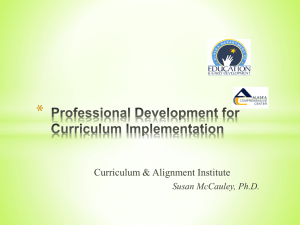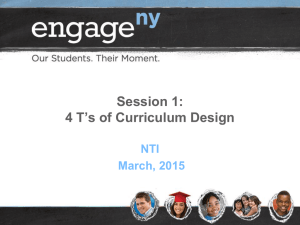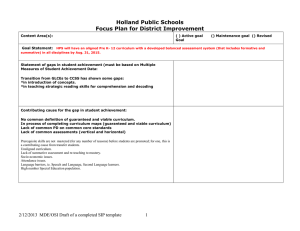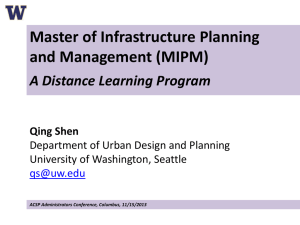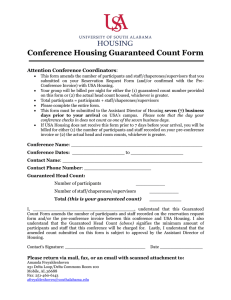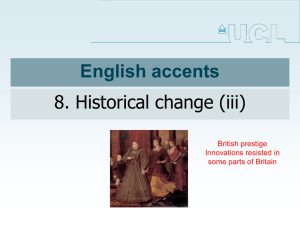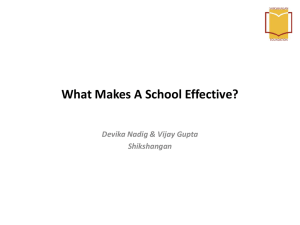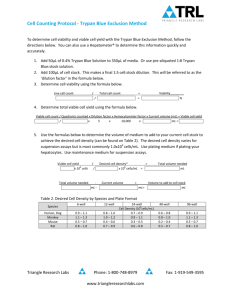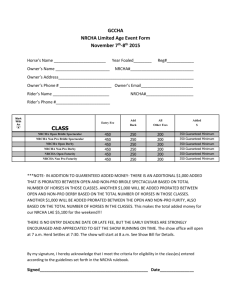Guaranteed & Viable Curriculum: K-12 Learning Goals
advertisement
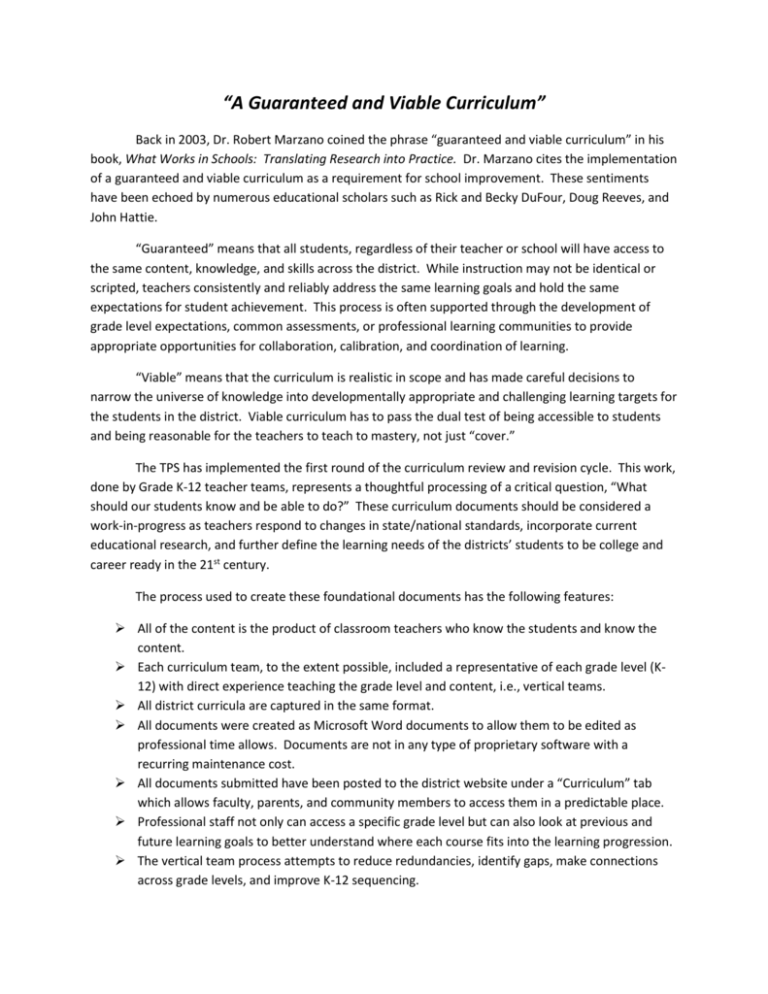
“A Guaranteed and Viable Curriculum” Back in 2003, Dr. Robert Marzano coined the phrase “guaranteed and viable curriculum” in his book, What Works in Schools: Translating Research into Practice. Dr. Marzano cites the implementation of a guaranteed and viable curriculum as a requirement for school improvement. These sentiments have been echoed by numerous educational scholars such as Rick and Becky DuFour, Doug Reeves, and John Hattie. “Guaranteed” means that all students, regardless of their teacher or school will have access to the same content, knowledge, and skills across the district. While instruction may not be identical or scripted, teachers consistently and reliably address the same learning goals and hold the same expectations for student achievement. This process is often supported through the development of grade level expectations, common assessments, or professional learning communities to provide appropriate opportunities for collaboration, calibration, and coordination of learning. “Viable” means that the curriculum is realistic in scope and has made careful decisions to narrow the universe of knowledge into developmentally appropriate and challenging learning targets for the students in the district. Viable curriculum has to pass the dual test of being accessible to students and being reasonable for the teachers to teach to mastery, not just “cover.” The TPS has implemented the first round of the curriculum review and revision cycle. This work, done by Grade K-12 teacher teams, represents a thoughtful processing of a critical question, “What should our students know and be able to do?” These curriculum documents should be considered a work-in-progress as teachers respond to changes in state/national standards, incorporate current educational research, and further define the learning needs of the districts’ students to be college and career ready in the 21st century. The process used to create these foundational documents has the following features: All of the content is the product of classroom teachers who know the students and know the content. Each curriculum team, to the extent possible, included a representative of each grade level (K12) with direct experience teaching the grade level and content, i.e., vertical teams. All district curricula are captured in the same format. All documents were created as Microsoft Word documents to allow them to be edited as professional time allows. Documents are not in any type of proprietary software with a recurring maintenance cost. All documents submitted have been posted to the district website under a “Curriculum” tab which allows faculty, parents, and community members to access them in a predictable place. Professional staff not only can access a specific grade level but can also look at previous and future learning goals to better understand where each course fits into the learning progression. The vertical team process attempts to reduce redundancies, identify gaps, make connections across grade levels, and improve K-12 sequencing. The goals of the curriculum review and revision process are to: Improve alignment. Communicate to all teachers in a particular grade or course what the guaranteed curriculum should be. Identify and share instructional resources that are necessary to provide a rich and differentiated learning experience. Communicate to faculty, students, and parents what students will learn in each course. Focus on important, enduring understandings which will provide the foundation and background for continued academic success. Hold teachers accountable for delivering the intended curriculum to ensure consistency from class to class. Create public documents including a K-12 Learning Goal matrix that shows learning progressions, course overviews that describe each course, and pacing guides that serve as guidelines for fitting all content into the school year. Eventually, teachers will add common assessments and rubrics for each course to benchmark student learning and generate data for teachers improve practice and consistency. Responsibilities of teachers: Access curriculum documents created by their peers. Look at learning goals that precede and follow their grade or course assignment. Continue in the dialogue to improve the accuracy and focus of the curriculum documents. Identify areas where content may be co-taught, integrated, utilized, or reinforced across subject areas to support student learning. Implement changes in content coverage reflected in new curriculum documents.
